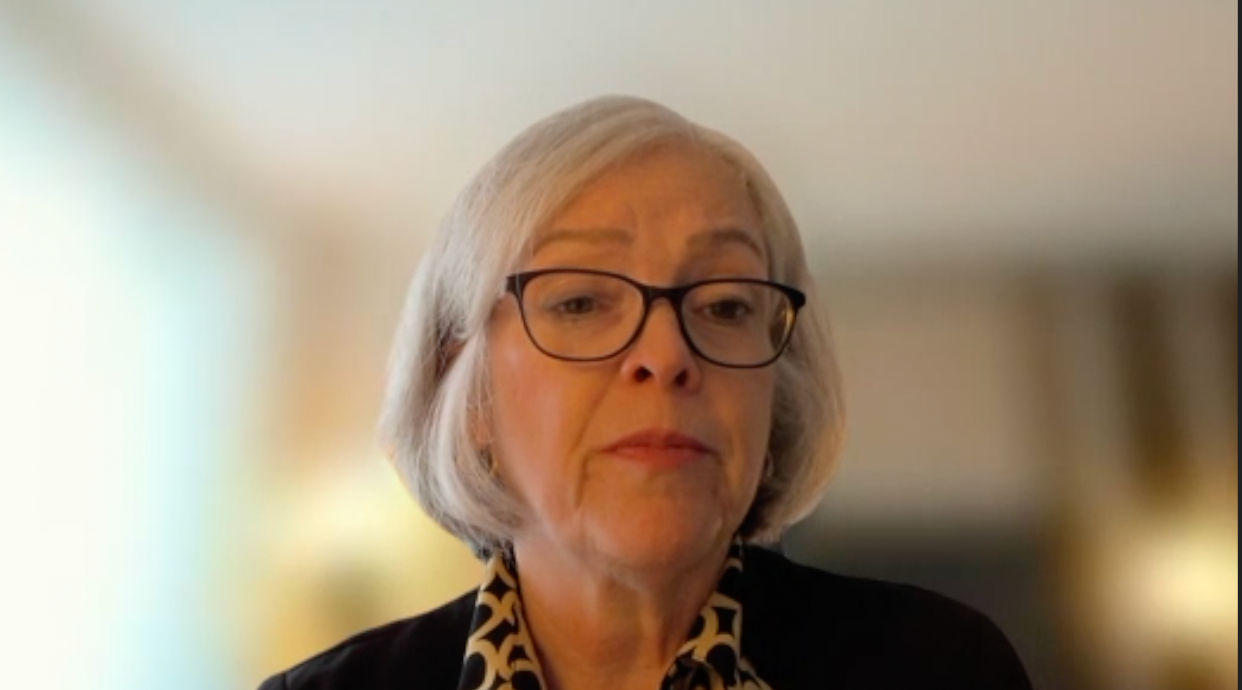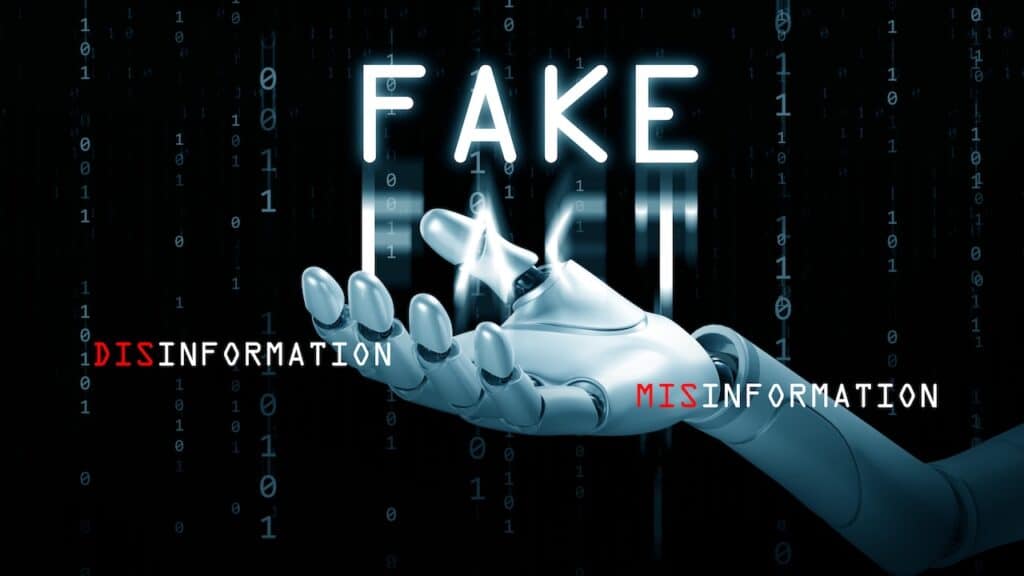Report on the Global Expansion of Medical Assistance in Dying and its Implications for Sustainable Development Goals
Introduction: A Challenge to SDG 3 – Good Health and Well-being
The global expansion of legal frameworks for Medical Assistance in Dying (MAID), or euthanasia, presents a significant challenge to the principles of Sustainable Development Goal 3 (SDG 3), which aims to ensure healthy lives and promote well-being for all at all ages. This report examines the growing international industry surrounding MAID, its legislative creep to include vulnerable populations such as minors and those with psychiatric disorders, and the resulting conflict with global commitments to protect life and alleviate suffering without eliminating the sufferer. The case of Canadian teenager Markus Schouten, who advocated against the extension of MAID to minors before his death in 2022, serves as a poignant example of the ethical dilemmas at the core of this issue.
Legislative Expansion and its Impact on Vulnerable Groups
Erosion of Safeguards and Contradiction with SDG 10 and SDG 16
The movement to expand MAID legislation increasingly targets vulnerable populations, a trend that directly contravenes SDG 10 (Reduced Inequalities) and SDG 16 (Peace, Justice and Strong Institutions). Advocacy groups argue that denying MAID to certain groups is discriminatory, while opponents, including disability rights organizations, contend that such expansion preys on individuals who require enhanced social support and healthcare, not an expedited death.
- Global Network: An investigation identified at least 96 organizations worldwide promoting the expansion of euthanasia laws, often using rights-based language.
- Geographic Distribution: The majority of these groups are concentrated in Western nations, with 41 in Europe and 31 in North America.
- Targeted Conditions: Legislative expansion is underway in several jurisdictions to include not only terminal illness but also severe psychiatric disorders, a move scheduled in Canada for as early as 2027.
The “Mature Minor Doctrine” and the Rights of Children
A key legal mechanism enabling the extension of MAID to children is the “mature minor doctrine,” which grants minors autonomy over medical decisions without parental consent. This legal precedent challenges the protective frameworks established under SDG 16.2, which seeks to end abuse and exploitation of children.
- Legal Precedent: Originally established for limited medical discretion, the doctrine has been expanded to cover decisions on abortion, gender transition, and now, euthanasia.
- International Adoption: The Netherlands, Belgium, and Colombia have already legalized MAID for “mature minors.”
- Canadian Recommendation: In February 2023, Canada’s Special Joint Committee on Medical Assistance in Dying recommended extending MAID to mature minors, stating the minor’s will should “ultimately take priority” over parental consultation.
- United Kingdom Debate: A bill in the British Parliament has sparked debate on the issue, with nearly half of lawmakers in a recent vote supporting the idea of physicians discussing assisted suicide with youth.
International Case Studies and Statistical Analysis
Canada: Rapid Normalization and a Challenge to Public Health Goals
Canada’s experience with MAID demonstrates a rapid increase in its application, positioning it as a leading cause of death and raising questions about its alignment with SDG 3’s target to reduce premature mortality.
- In 2023, approximately 15,000 Canadians died via MAID, a 16% increase from 2022.
- MAID is now the fifth leading cause of death in the country, accounting for one in every 20 deaths.
- Lobbying groups like Dying with Dignity Canada, which reported $3 billion in expenses in 2024, actively campaign for further expansion to include mature minors.
The Netherlands: Expansion to Infants and Mental Health Concerns
The Netherlands provides a model for the potential trajectory of MAID legislation, where its application has expanded significantly since its legalization in 2002. This raises concerns related to SDG 3.4 (promote mental health and well-being) and SDG 5 (Gender Equality), given the demographic profile of applicants.
- Dutch law permits euthanasia for children as young as one year old.
- In 2024, euthanasia accounted for 5.8% of all deaths in the country.
- A recent study found that 73% of euthanasia applicants with psychiatric diagnoses were young women, highlighting a gendered dimension to the issue and an urgent need to address persistent death wishes in this high-risk group.
- A case involving the euthanasia of a 17-year-old girl with a history of depression and trauma prompted calls for a prosecutorial investigation from Dutch psychiatrists, who warned against the “widespread promotion of euthanasia.”
Conclusion: Realigning End-of-Life Care with Sustainable Development Principles
The global trend toward the liberalization and expansion of MAID laws presents a fundamental conflict with the universal and life-affirming principles of the Sustainable Development Goals. The case of Markus Schouten, who asserted that “life is worth living, even when we are dying,” underscores a critical perspective often lost in policy debates. Fulfilling the vision of the SDGs requires a renewed focus on robust palliative care, comprehensive mental health support, and the protection of all vulnerable individuals, ensuring that societal progress is measured by the commitment to care for every life, rather than facilitating its premature end. The international community must scrutinize whether the expansion of MAID aligns with the core commitment of SDG 3 to ensure health and well-being for all, at every stage of life.
Analysis of Sustainable Development Goals in the Article
1. Which SDGs are addressed or connected to the issues highlighted in the article?
-
SDG 3: Good Health and Well-being
The article is fundamentally about health, specifically end-of-life care, terminal illness (cancer), mental health conditions (depression, autism, psychiatric disorders), and the legal and ethical frameworks surrounding medical decisions. It discusses the tension between alleviating suffering through palliative care versus “eliminating the sufferer” through Medical Assistance in Dying (MAID). The expansion of euthanasia laws to include those with mental illness and the high percentage of young women with psychiatric diagnoses seeking euthanasia in the Netherlands directly connect to this goal’s focus on mental health and well-being.
-
SDG 10: Reduced Inequalities
This goal is relevant because the article highlights how assisted suicide laws may disproportionately affect vulnerable populations. It explicitly states that disability rights groups “argue the assisted-suicide industry targets vulnerable people who would benefit from assisted living services.” The debate over extending these laws to children (“mature minors”) and individuals with mental health disorders raises questions about whether these groups are being provided with equal protection and support or if their vulnerabilities are being exploited, thereby increasing inequalities of outcome.
-
SDG 16: Peace, Justice and Strong Institutions
The article centers on the role of legal and governmental institutions in shaping life-and-death policies. It details the actions of the “Canadian Parliament’s Special Joint Committee on Medical Assistance in Dying,” legislative debates in the British Parliament, and the establishment of legal precedents like the “mature minor doctrine.” The core conflict is about justice for vulnerable individuals, particularly children, and whether institutions are adequately protecting their rights and well-being. The push to expand euthanasia laws to minors is framed by opponents as a failure of the state’s duty to protect children from harm.
2. What specific targets under those SDGs can be identified based on the article’s content?
-
Under SDG 3: Good Health and Well-being
- Target 3.4: “By 2030, reduce by one third premature mortality from non-communicable diseases through prevention and treatment and promote mental health and well-being.” The article discusses MAID as an option for both terminal non-communicable diseases like cancer and for severe psychiatric disorders. The debate questions whether MAID is a valid end-of-life treatment or a failure to adequately “promote mental health and well-being” through proper care, especially in cases like the Dutch study where 73% of applicants were young women with psychiatric diagnoses.
-
Under SDG 10: Reduced Inequalities
- Target 10.2: “By 2030, empower and promote the social, economic and political inclusion of all, irrespective of age, sex, disability… or other status.” The central theme of extending euthanasia to “mature minors” directly relates to inclusion based on age. Opponents argue this policy does not empower children but rather makes them vulnerable, while proponents frame it as a right. The mention of disability rights groups’ concerns also connects to this target, suggesting that these laws may lead to the exclusion of people with disabilities rather than their inclusion and support.
-
Under SDG 16: Peace, Justice and Strong Institutions
- Target 16.2: “End abuse, exploitation, trafficking and all forms of violence against and torture of children.” Opponents of child euthanasia, such as Katharine Birbalsingh, argue that children are “compulsive” and need to be protected “sometimes from themselves.” From this perspective, allowing a minor to choose death is seen as a failure of institutional protection and could be considered a form of exploitation of their developmental vulnerability, which aligns with the spirit of this target to protect children from all forms of harm.
3. Are there any indicators mentioned or implied in the article that can be used to measure progress towards the identified targets?
-
Under SDG 3: Good Health and Well-being
- Implied Indicator (related to Target 3.4): Mortality rates from assisted suicide/euthanasia. The article provides specific statistics that function as indicators. It states, “In 2023, about 15,000 Canadians died through ‘MAID,’ about one in every 20 deaths nationwide… making assisted suicide the fifth leading cause of death.” It also notes that in the Netherlands, “euthanasia accounted for 9,958 deaths in 2024, or 5.8% of the country’s deaths.” These figures can be used to track the prevalence and increase of medically assisted deaths, which is directly relevant to measuring outcomes related to end-of-life care and mental health policies. This relates to the official indicator 3.4.2 (Suicide mortality rate), as MAID is a form of induced death, even if legally distinct from suicide.
-
Under SDG 16: Peace, Justice and Strong Institutions
- Implied Indicator (related to Target 16.2): Number of minors who have undergone euthanasia. The article provides data that can serve as a direct indicator for the application of these laws to children. It mentions that the Belgian Federal Euthanasia Review and Evaluation Committee reports “that six youths have requested euthanasia between 2014 and 2024.” Tracking this number is a direct measure of the impact of legislation affecting children’s right to life and the state’s role in protecting them.
4. Summary Table of SDGs, Targets, and Indicators
| SDGs | Targets | Indicators (Mentioned or Implied in the Article) |
|---|---|---|
| SDG 3: Good Health and Well-being | Target 3.4: Reduce premature mortality from non-communicable diseases and promote mental health and well-being. | Mortality rates from Medical Assistance in Dying (MAID). The article cites that MAID was the fifth leading cause of death in Canada (1 in 20 deaths) and accounted for 5.8% of all deaths in the Netherlands. |
| SDG 10: Reduced Inequalities | Target 10.2: Empower and promote the social, economic and political inclusion of all, irrespective of age, disability, or other status. | The existence of laws and legislative proposals to expand euthanasia to new groups, specifically “mature minors” and those with disabilities or mental illness, as discussed for Canada, the UK, and the Netherlands. |
| SDG 16: Peace, Justice and Strong Institutions | Target 16.2: End abuse, exploitation, and all forms of violence against children. | The number of youths who have undergone legally sanctioned euthanasia. The article states that six youths requested euthanasia in Belgium between 2014 and 2024. |
Source: foxnews.com







